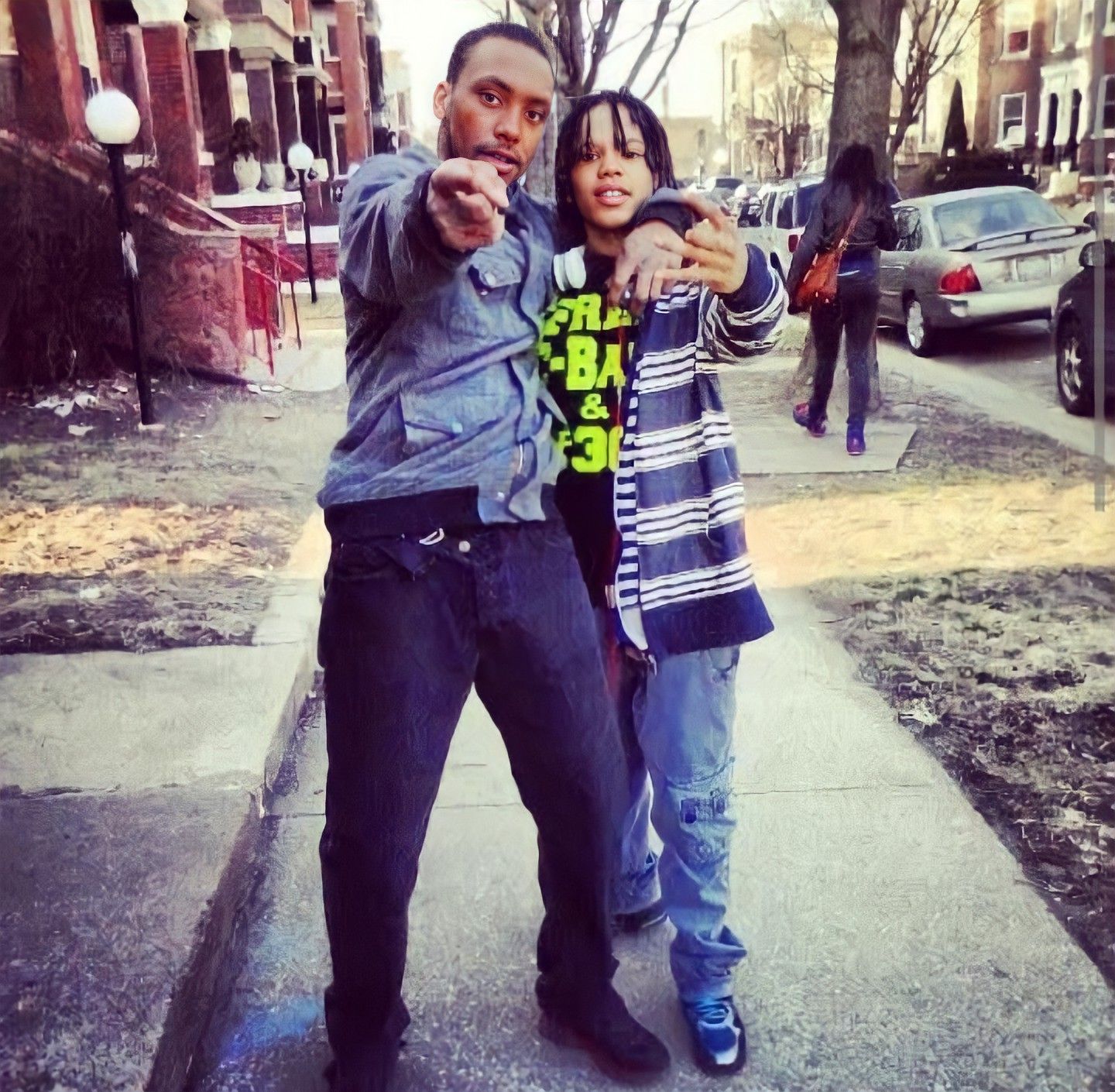Gakirah Barnes, known on the streets of Chicago as “K.I.,” was a young woman whose life was tragically intertwined with the city’s pervasive gang violence. Her story isn’t just a crime blotter entry; it’s a complex narrative of a bright young girl lost to the streets, amplified by the ever-present gaze of social media. This investigation delves into the short life and enduring legacy of Gakirah Barnes, exploring the factors that likely contributed to her violent demise and the ongoing debate surrounding her case.
From Promise to Peril: Gakirah Barnes’s Early Years
Gakirah Barnes wasn’t born into the gang life. According to her mother, she was an intelligent and promising child, excelling in school and showing a bright future. This makes her descent into gang activity all the more tragic. What forces pulled her into this dangerous world? While definitive answers remain elusive, exploring her early life and environment offers crucial context. Growing up in a community grappling with violence, poverty, and limited opportunities, Gakirah probably faced challenges that many can only imagine. This background, while not excusing her actions, helps us understand the pressures she may have faced. It suggests that environmental factors may have contributed to her choices, making it harder for her to envision a life outside the streets. Discover the remarkable achievements and inspiring story of gale burnick, who overcame adversity to achieve success.
The Rise of “K.I.”: Gangs and the Digital Battlefield
By the age of 15, Gakirah had become deeply involved with the STL/EBT gang, a faction of the notorious Gangster Disciples. Within this dangerous world, she quickly gained notoriety, adopting the moniker “K.I.” and establishing a fearsome reputation. Her rapid ascent within the gang hierarchy suggests a combination of factors, including her inherent intelligence, fierce loyalty, and a willingness to engage in violence. It was during this period that social media, particularly Twitter, began to play a significant role in Gakirah’s life. Under the name “K.I.,” her online persona became an extension of her gang affiliation.
Social media wasn’t just a platform for communication; it was a digital battleground. Gakirah’s posts often included threats against rivals, boasts about her exploits, and displays of loyalty to her gang. This online bravado probably fueled real-world tensions, contributing to the cycle of violence that ultimately claimed her life. This digital posturing raises important questions about the role of social media in gang culture. Did it amplify existing conflicts, or did it create entirely new ones? Did the constant online pressure to maintain a tough persona contribute to the escalation of violence? These are complex questions that researchers continue to explore. Explore the life and career of gabby carter, a young talent navigating the complexities of the digital age.
A Violent End and Lingering Questions: The Death of Gakirah Barnes
In April 2014, at the age of 17, Gakirah Barnes was shot nine times in Woodlawn, a neighborhood on Chicago’s South Side. The brutality of the attack suggests a targeted assassination, but the exact circumstances surrounding her death continue to be debated. While different theories circulate, the link to rapper King Von remains a central point of contention.
In 2021, police reports surfaced naming King Von, a known rival, as a person of interest in Barnes’s murder. This revelation added another layer to an already complex case. While some evidence seems to corroborate this theory, other accounts paint a different picture, and Von was never formally charged. The conflicting narratives raise numerous questions: Was King Von solely responsible? Were others involved? Was it a premeditated act or a spontaneous eruption of violence? The uncertainty only deepens the tragedy, leaving a void of unanswered questions in the wake of a young life cut short.
The Weight of Allegations: Separating Fact from Fiction
Gakirah Barnes’s name is linked to several murders, some sources claiming she was involved in as many as 17. It’s crucial to note that these are allegations, and the true extent of her involvement remains unconfirmed. The difficulty in separating fact from fiction in these cases is compounded by the often-sensationalized media coverage that surrounded Gakirah. Some outlets dubbed her the “Teenage Queen of Gangland,” a moniker that, while catchy, likely oversimplified her complex story.
A Legacy Beyond the Headlines: Remembering Gakirah Barnes
Gakirah Barnes’s story continues to resonate, prompting critical discussions about gang violence, the influence of social media, and the challenges faced by young people growing up in marginalized communities. Her life, though tragically cut short, has become the subject of documentaries, online discussions, and ongoing debate. While some may focus on the sensational aspects of her story, her legacy should also serve as a sobering reminder of the systemic issues that contribute to youth violence.
Gakirah’s case highlights the need for community-based solutions that address the root causes of gang involvement, offering young people alternatives to the allure of the streets. It also underscores the importance of responsible media representation, avoiding the glorification of violence and instead focusing on the human cost of these tragedies. Gakirah Barnes’s story, though shrouded in complexity and unanswered questions, offers a valuable opportunity to learn, to reflect, and to work towards creating a future where young people are empowered to choose a different path.










